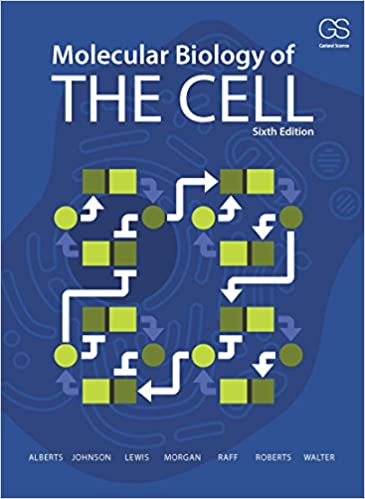With age, somatic cells are thought to accumulate genomic scars as a result of the inaccurate repair
Question:
With age, somatic cells are thought to accumulate genomic “scars” as a result of the inaccurate repair of double- strand breaks by nonhomologous end joining (NHEJ).
Estimates based on the frequency of breaks in primary human fibroblasts suggest that by age 70, each human somatic cell may carry some 2000 NHEJ-induced mutations due to inaccurate repair. If these mutations were distributed randomly around the genome, how many protein- coding genes would you expect to be affected? Would you expect cell function to be compromised? Why or why not? (Assume that 2% of the genome—1.5% protein-coding and 0.5% regulatory—is crucial information.)
Step by Step Answer:

Molecular Biology Of The Cell
ISBN: 9780815344322
6th Edition
Authors: Bruce Alberts, Alexander D. Johnson, Julian Lewis, David Morgan, Martin Raff, Keith Roberts, Peter Walter




